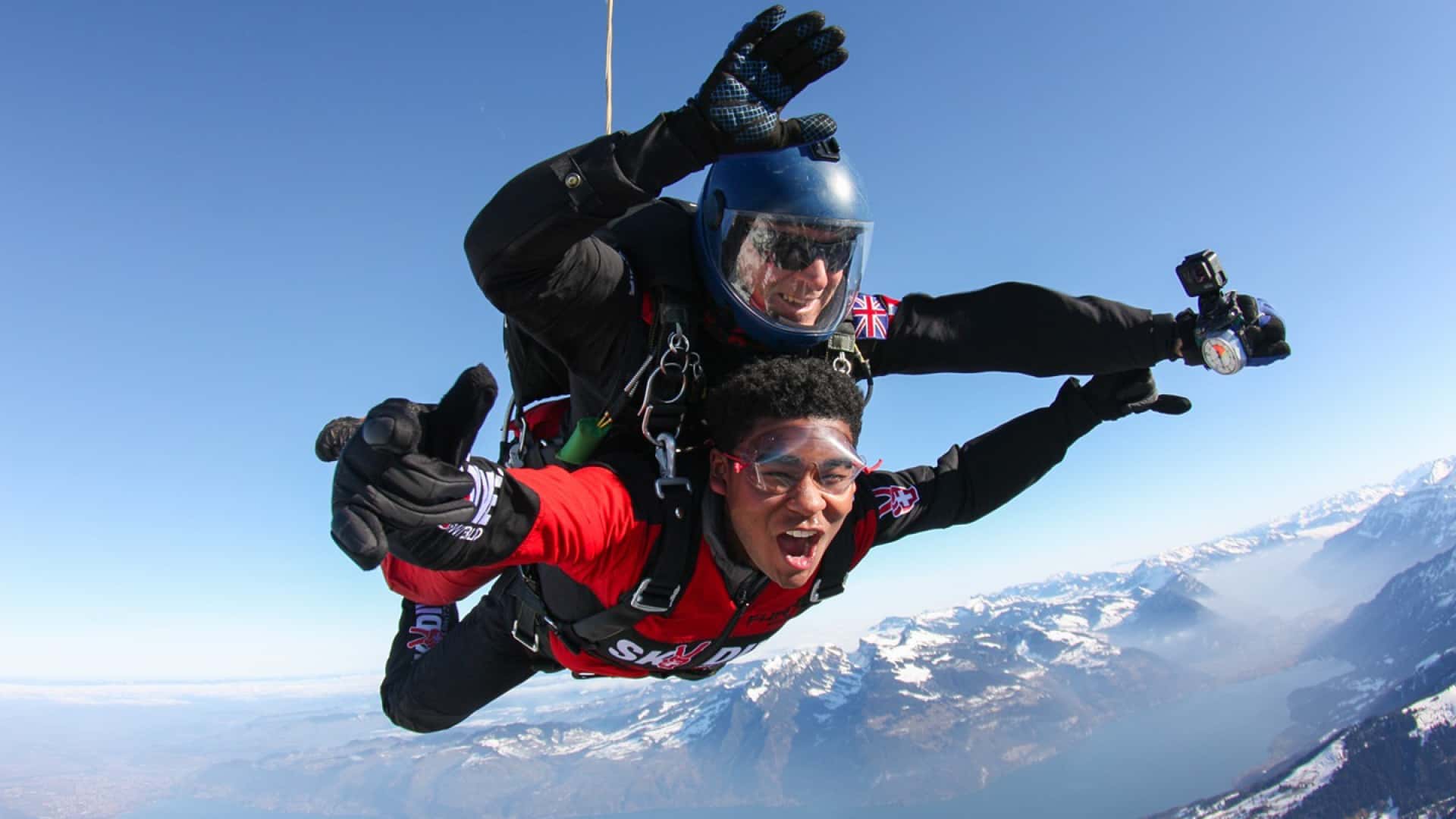If you think that, as a person with a disability, you’re limited to boring exercises to stay fit and healthy, it’s time to re-evaluate. As long as you get creative, know where to look, and utilize modern technology, you can add plenty of fun into your physical activity. We tend to lose focus and, eventually, all interest in staying active if those activities are limited. Finding new, enjoyable ways to get moving is paramount to maintaining physical health – especially for those with disabilities.
Take a swim
There are few better feelings than taking a dip in a pool. But did you know that for those with a physical disability, swimming can be among the safest, most comfortable, and most effective forms of exercise?
 “Water eliminates the effects of gravity on the body, pain and stress on muscles and joints are greatly reduced,” says WebMD. “While standing in a pool, [you] can also use the weight of water to help correct problems in gait and balance with less effort than on land. Aquatics are particularly recommended for people with MS because water is more efficient in drawing heat away from the body than is air. This helps keep the body from overheating, which often causes MS symptoms to worsen temporarily…Water has [also] been shown to help increase flexibility, decrease pain, relieve muscle spasms, and improve circulation.”
“Water eliminates the effects of gravity on the body, pain and stress on muscles and joints are greatly reduced,” says WebMD. “While standing in a pool, [you] can also use the weight of water to help correct problems in gait and balance with less effort than on land. Aquatics are particularly recommended for people with MS because water is more efficient in drawing heat away from the body than is air. This helps keep the body from overheating, which often causes MS symptoms to worsen temporarily…Water has [also] been shown to help increase flexibility, decrease pain, relieve muscle spasms, and improve circulation.”
Let your exercise routine go to the dogs
 When it comes to exercise motivators, a dog is near the top of the list.
When it comes to exercise motivators, a dog is near the top of the list.
For someone with a physical disability, a dog can be a great tool to help them get up and moving. Dogs need exercise, which is an impetus on the owner that forces them to get up and get some exercise too. And in terms of fun, it doesn’t get much better than playing with a furry friend. If you don’t have a dog or aren’t looking for that much responsibility, check with your local animal shelter. Most will allow you to take the dogs out for walks, or at least play with them on the premises.
For those with visual or hearing impairments, service dogs can help to guide you through fun activities like hiking and backpacking.
Go extreme
Nobody says exercise has to be boring. And just because you h ave a disability doesn’t mean that you don’t want to experience
ave a disability doesn’t mean that you don’t want to experience
some high-octane thrills.
Adaptive sports are a great way to experience a rush while getting in your physical activity.
For those in a wheelchair, recreational wheelchair basketball, volleyba
ll, handball, and tennis can be incredibly great options. If you’re looking for even more thrills, surfing, skiing, and sailing are all activities that now have the technology to accommodate those with disabilities.
If you really want to amp it up, look for ways to incorporate extreme sports into your travels. Who says you have to do keep it close to home?
Seek Adventure
You already know not to let your disability define you, so don’t let it hold you back from seeking out new and exciting places. Sure, travel can be leisurely, but it can also offer great ways to stay physically active. As accessibility becomes more readily available around the world, more people are able to enjoy all sorts of adventures. For example, there are a variety of tour groups that cater to people with disabilities. Want to see the Great Wall? You can! Want to go on safari? You can! The possibilities really are endless if you have the right mindset and do your research.
Get your exercise where you can
Many of your favorite activities give you more physical exercise than you might think. It’s important to work physical activity into your daily routine so that you don’t even have to think about it as “exercise.” Instead, you’re just in the routine of living an active lifestyle.
Some examples of this include using a handbike to get around your neighborhood or town, spending your Saturdays gardening, and fitting yoga into your day-to-day schedule.

As a person with a disability, you are not so much that you are limited in what you can do to maintain your physical fitness – it’s more that you have to take a creative approach. There are no rules to how you exercise, and in the end it all comes down to what your body can handle. Push yourself to achieve new exercise goals, but never take on more than you can handle. Speaking with a doctor before starting a new sport or activity is always recommended, as they provide both guidance and motivation – plus, telling someone you have a plan makes you more likely to stick with it. Regardless of your limitations, as long as you maintain a hunger for physical health and an inner drive fueled by creativity, the possibilities are endless.


